Design a Name and Pronoun Badge

Children are invited to create their own name and pronoun badge to share with others their name and chosen pronouns. Children and young people can decide how to decorate their badge before wearing it with pride!
By allowing individuals to display not only their name, but also their preferred gender pronouns, we can create a more comfortable and welcoming environment for everyone.
How could this resource be used?
- To support and promote the positive use of pronouns.
- To support children to share what they like about themselves or are proud of and what they would like to celebrate with others.
- To support a positive culture of identity amongst young people.
Relevant Curriculum Links:
England PSHE – Which statutory PSHE curriculum* objectives does this resource fall into? *in line with the PSHE Association 2021 Statutory Guidance.
KS1:
- H18. different things they can do to manage big feelings, to help calm themselves down and/or change their mood when they don’t feel good.
- R21. about what is kind and unkind behaviour, and how this can affect others.
- R22. about how to treat themselves and others with respect; how to be polite and courteous.
- R23. to recognise the ways in which they are the same and different to others.
- R25. how to talk about and share their opinions on things that matter to them.
- L4. about the different groups they belong to.
- L6. to recognise the ways they are the same as, and different to, other people.
KS2:
- H16. about strategies and behaviours that support mental health — including how good quality sleep, physical exercise/time outdoors, being involved in community groups, doing things for others, clubs, and activities, hobbies and spending time with family and friends can support mental health and wellbeing.
- R31. to recognise the importance of self-respect and how this can affect their thoughts and feelings about themselves; that everyone, including them, should expect to be treated politely and with respect by others (including when online and/or anonymous) in school and in wider society; strategies to improve or support courteous, respectful relationships.
- R32. about respecting the differences and similarities between people and recognising what they have in com.
- L6. about the different groups that make up their community; what living in a community means.
- L7. to value the different contributions that people and groups make to the community.
- L8. about diversity: what it means; the benefits of living in a diverse community; about valuing diversity within communities.
Scottish Health and Wellbeing Curriculum Outcome(s):
- Mental and Emotional Wellbeing:
- I understand that there are people I can talk to and that there are a number of ways in which I can gain access to practical and emotional support to help me and others in a range of circumstances. HWB 0-03a / HWB 1-03a / HWB 2-03a / HWB 3-03a / HWB 4-03a.
- I understand the importance of mental wellbeing and that this can be fostered and strengthened through personal coping skills and positive relationships. I know that it is not always possible to enjoy good mental health and that if this happens there is support available. HWB 0-06a / HWB 1-06a / HWB 2-06a / HWB 3-06a / HWB 4-06a.
- Relationships, Sexual Health and Parenthood:
- I recognise that we have similarities and differences but are all unique. HWB 0-47a / HWB 1-47a.
More amazing resources you might like:
- All
- Arts and Crafts
- Christmas
- Death and Grief
- Emotional Literacy
- Emotional Regulation
- Fine-Motor Skills
- Games and Activities
- Health and Wellbeing
- Personal Safety
- Physical Health
- Relationships
- Seeking Support
- Self-Care and Wellbeing
- Staff Training / Morning Briefing
- Yoga
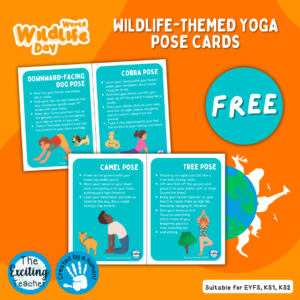
FREE: Yoga Nature-themed Child-Friendly Workout Cards (World Wildlife Day Resources)
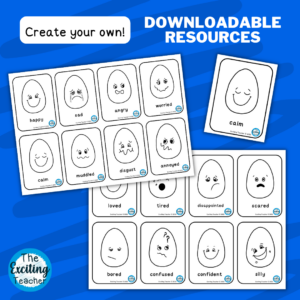
The Emotional Eggs Flashcards: Blank Colouring Version
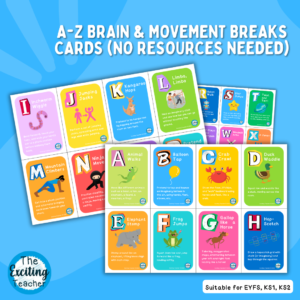
A-Z of Movement Breaks (and Brain Breaks)

My Safety Plan: Personal Risk Plan
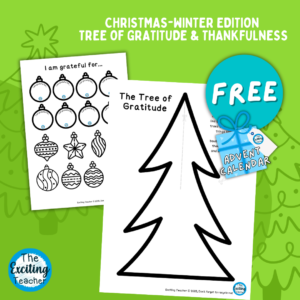
Advent: A ‘Christmas Tree of Gratitude’ DIY Paper-craft Activity
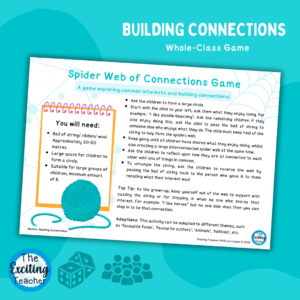
‘Spider Web of Connections’ Game: Exploring Common Interests (Mini Lesson)

FREE: Staff Training Slides / Morning Briefing – ‘How Can We Support Children to Feel Heard’ (Children’s Mental Health Week 2024 Resources)

Snakes and Ladders Germs Edition Boardgame
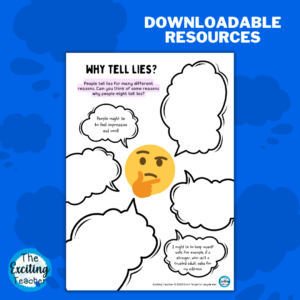
Why do people lie? Exploring Reasons for Telling Lies and Lying

Understanding Grief: ‘What I Need’ Worksheet
Share this resource:
Facebook
Pinterest
Twitter
WhatsApp
Email
Print
Request a Resource
Want to request or suggest a resource? Pop us a message below and we will see what we can do. We are not able to respond directly to all requests but be rest assured, we are reading them and constantly updating the resource bank accordingly to all your fabulous ideas!
